With the possible exception of the Teddy bear the classic rubber duck is without question the most popular animal toy in the world. And although the collecting of rubber duckies does not really tie into our own hobby you can bet that they have their own loyal following of collectors. And the selection of different ducks is astounding; they come in every conceivable color, size, and style. From your classic yellow duck to vampire ducks and ducks that look like U.S. presidents. But we don’t really care about any of that here; those aren’t the type of toy animals we collect. Well let’s say you’re like me, a parent with a proclivity for educational nature themed toys. Before my daughter was born she already had rubber duckies waiting for her, but I wanted something more. What if there were rubber duckies modeled to look like actual species of living waterfowl? Well I was kind of disappointed in my duck hunt, which didn’t turn up as much as I had hoped. But I did find these decoy rubber duckies by Funrise Express.
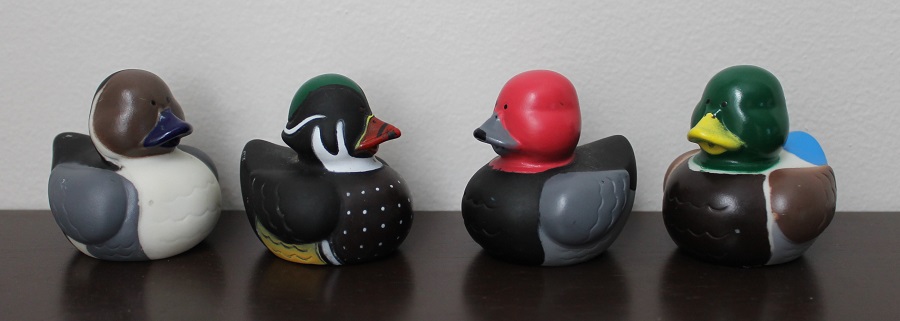
These ducks came in a bundle of 12 for about $10 USD. They represent drakes (male ducks) of four different waterfowl species. They’re small, measuring 2” and have a hole in the mouth for squirting water. Although making sure your rubber duck floats upright seems like a major priority in rubber duckie design these toys do not, instead listing to their sides. All the ducks are heavily stylized, as you should expect, so although we’ll look at each one there’s no need to get nitpicky about them and their accuracy.
First off, let’s look at the mallard (Anas platyrhynchos). This species should be familiar to virtually everyone around the world because it can be found around the world, even in the most urban environments. The majority of domestic duck breeds are also derived from the mallard. It’s no surprise that the mallard is included here.
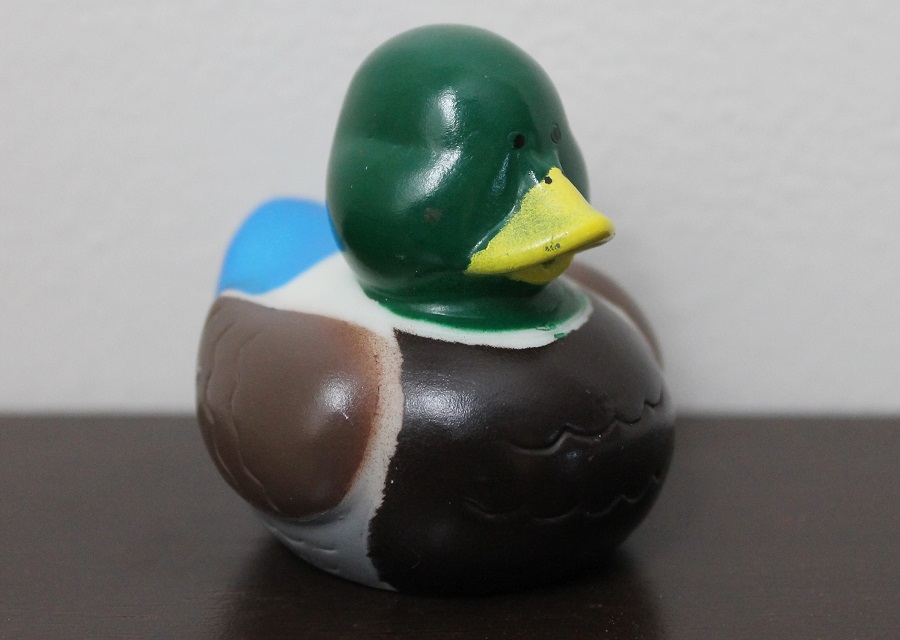
Next up is the wood duck (Aix sponsa), one of the most beautiful and visually distinctive ducks in North America. This species lives across most of the United States, portions of southern Canada, and parts of Central America wherever wetlands and forests come together. The molds of these rubber ducks are not all identical and this one includes the wood duck’s distinctive head crest.
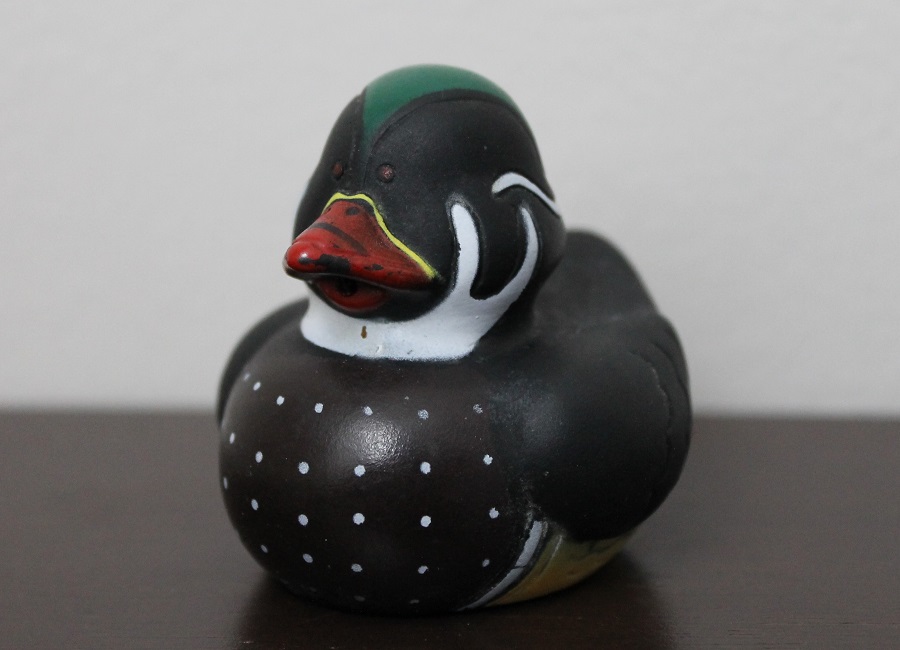
The next couple of ducks are slightly more obscure but familiar to duck hunters and bird watchers. The redhead duck (Aythya americana) ranges over most of North America during at least some part of the year. The redhead belongs to the same genus as the visually similar canvasback (A. valisineria).
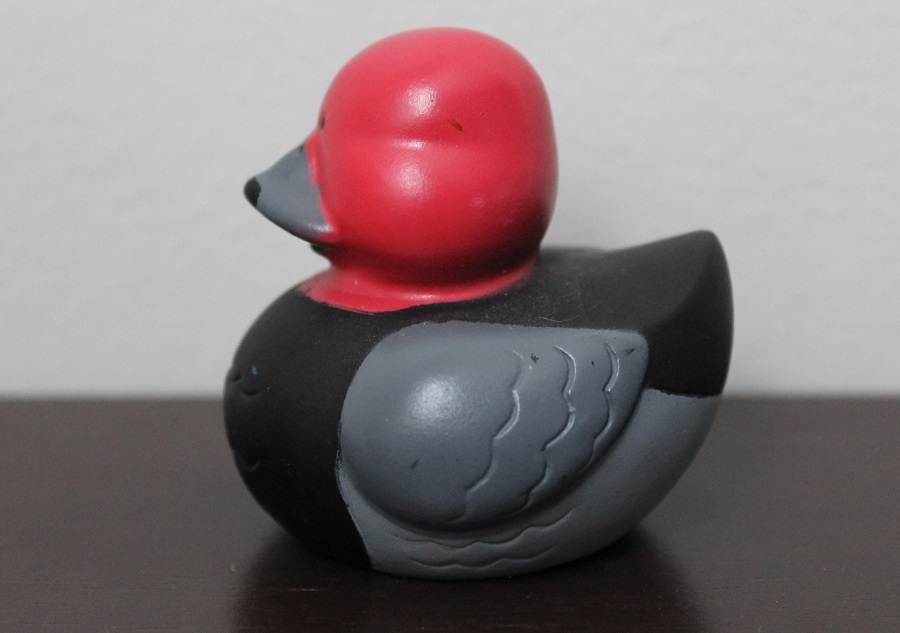
Lastly we have the pintail duck (Anas acuta), named for its long tail feathers that are somewhat reproduced here. This duck has a range that spans virtually all of North America as well as Northern Europe and portions of Africa and Asia when in the non-breeding season. Although not as colorful and flashy as the other duck species mentioned the pintail has a subtle beauty and elegant grace that makes it one of my favorite duck species.
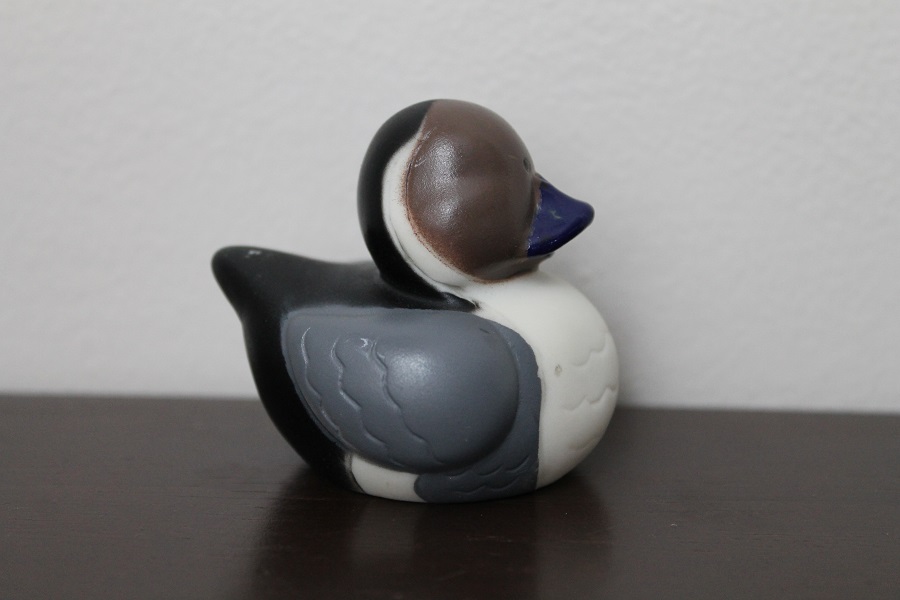
All in all, this is a great set for parents seeking to educate their children while also providing bath time fun. As a quirky novelty they might also appeal so some of our readership as well. It’s a real shame that they don’t float upright and that there are no hens to go with the drakes but the fact that they exist at all is good enough. Aside from mallards and domestic ducks, plastic duck figures appear quite rare, despite the popularity of waterfowl. Hopefully someday one of the mainstream toy companies will tackle some more neglected species, a Safari toob perhaps?
Disclaimer: links to Ebay and Amazon on the AnimalToyBlog are affiliate links, so we make a small commission if you use them. Thanks for supporting us!



